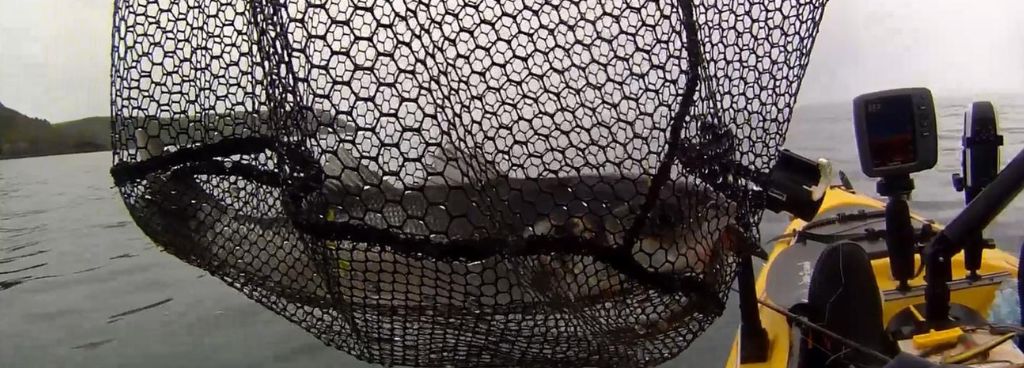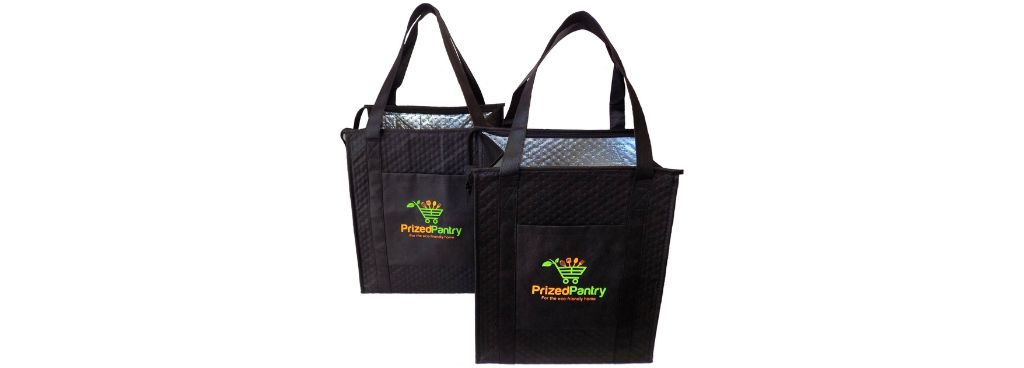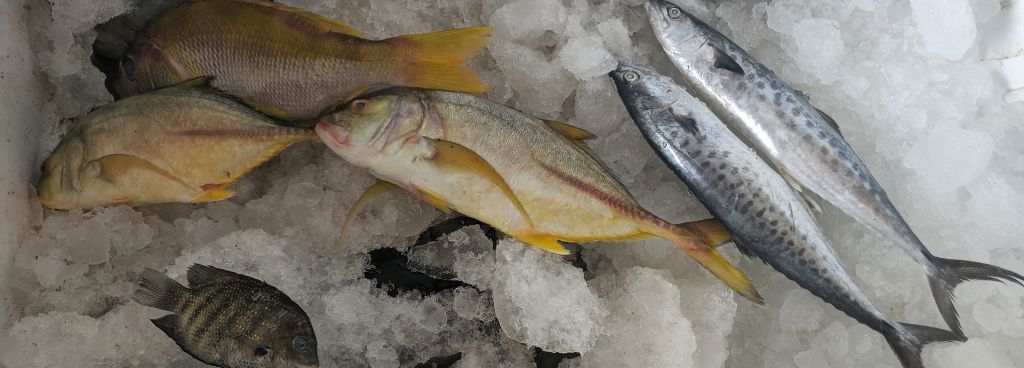Stories Worth Reeling In...
Last Updated on September 19, 2023
How Do You Store Fish In A Kayak? Kayak fishing is a great way to get out on the water and catch some fish. However, once you’ve reeled in your catch, the next question is: how do you store it correctly in your kayak? Proper fish storage is crucial not only for ensuring the freshness and taste of the fish but also for safety reasons.
In this article, let’s explore the different ways to store fish in a kayak, as well as the factors to consider and best practices to follow so that you can enjoy your catch later without any worries. So, let’s dive in!
Table of Contents
Preparing to store fish in a kayak entails a number of steps to ensure that your catch remains fresh and safe to consume. Cleaning and gutting fish as soon as possible after catching them is critical. Investing in a high-quality cooler is also essential for keeping fish cool during transportation. Finally, organizing your kayak to maximize storage space will aid in preventing shifting or crushing.
When it comes to storing fish in a kayak, there are a few different options. Here are three of the most common approaches:
A fish bag is an insulated bag used to keep your catch fresh and cool. These bags are made of sturdy materials and come in a variety of sizes to accommodate a wide range of fish species.
They fold up small and can be strapped or bungee corded to the kayak. One advantage of using a fish bag is that it can help prevent unpleasant odors from accumulating in your kayak.

Another option for storing your fish is to use a cooler. If you intend to keep your catch for an extended period of time, a cooler is a good option. Coolers are available in a variety of sizes and can be insulated to keep your fish fresh and cool. One disadvantage of using a cooler is that it takes up a lot of space in your kayak.
A stringer is a traditional and simple method of storing fish while fishing. It entails tying the fish to a rope or cord and suspending it in the water. If you only intend to keep the fish for a short time, this method can be effective. However, there are some disadvantages to using a stringer, such as the risk of attracting predators and the possibility of the rope becoming tangled.
Whatever method you choose, there are some guidelines you can follow to make it as effective as possible.
For example, to help preserve the flavor and quality of the fish, bleed it as soon as possible after catching it. Additionally, to prevent bacteria growth and spoilage, keep your storage method clean and dry.

While I don’t necessarily recommend it, you can keep fish secure on a kayak by using one of the best kayak fishing nets. If you do this, you must be absolutely certain that all of your fish are dead before storing them in a net.
This method usually entails hanging the net off the back or side of your kayak while the fish are in the water. This is fine for kayak anglers fishing in colder waters, but it should be avoided in hotter climates.
Furthermore, keeping your fish in a net may be less secure than using a stringer. There will be a greater chance of your fish escaping the net and you losing your hard-earned catches before you can even get them home.
This method also has the risk of damaging your net and fish if dragged across the bottom in shallow water. If you fish in saltwater, you should definitely avoid this method because it will attract sharks and other ocean predators.
Once you’ve hauled fish on board, the tank wells in your kayak are the most obvious place to store them.
They provide enough space for larger catches and eliminate the risk of dragging fish beneath your kayak as you move.
Tank wells, on the other hand, aren’t a stand-alone option for storing fish on a kayak. To keep your fish cool and fresh for longer, use a quality cooler (hard or soft) that fits in the tank well of your kayak.

Insulated grocery bags are another inexpensive option for storing fish on a kayak. These have the advantage of providing the same type of insulation as many soft kayak coolers, as well as a reasonable amount of space for your fish.
To keep the interior of your grocery bags cold, use frozen plastic water bottles, as you would with many of these options. This keeps your fish fresher for longer and slows the decay process.
Insulated grocery bags, unfortunately, are not waterproof. So, if you’re fishing in bad weather or if you capsize, they won’t keep your fish from getting wet and soggy, which can hasten the decaying process.
To preserve the freshness and quality of the fish, proper storage is crucial. Here are some helpful hints for preventing contamination and spoilage:
You can use different storage methods depending on the duration of your trip and the type of fish you caught.
Following these best practices can keep your fish fresh and safe during kayak fishing adventures. So go ahead, catch that big one, and store it like a pro!

There are a few important factors to take into account when deciding on the best storage method for your fish. These comprise:
In conclusion, in order to maintain the caliber and freshness of your catch, storing fish in a kayak necessitates the right planning, equipment, and techniques. Successful fish storage depends on making the right container selections, keeping the fish dry and cool, and avoiding potential dangers.
Fishing from a kayak is an incredible experience, and bringing home a tasty meal is the best way to cap off a full day on the water. Invest in a cooler bag to ensure you have the freshest-tasting fish possible.